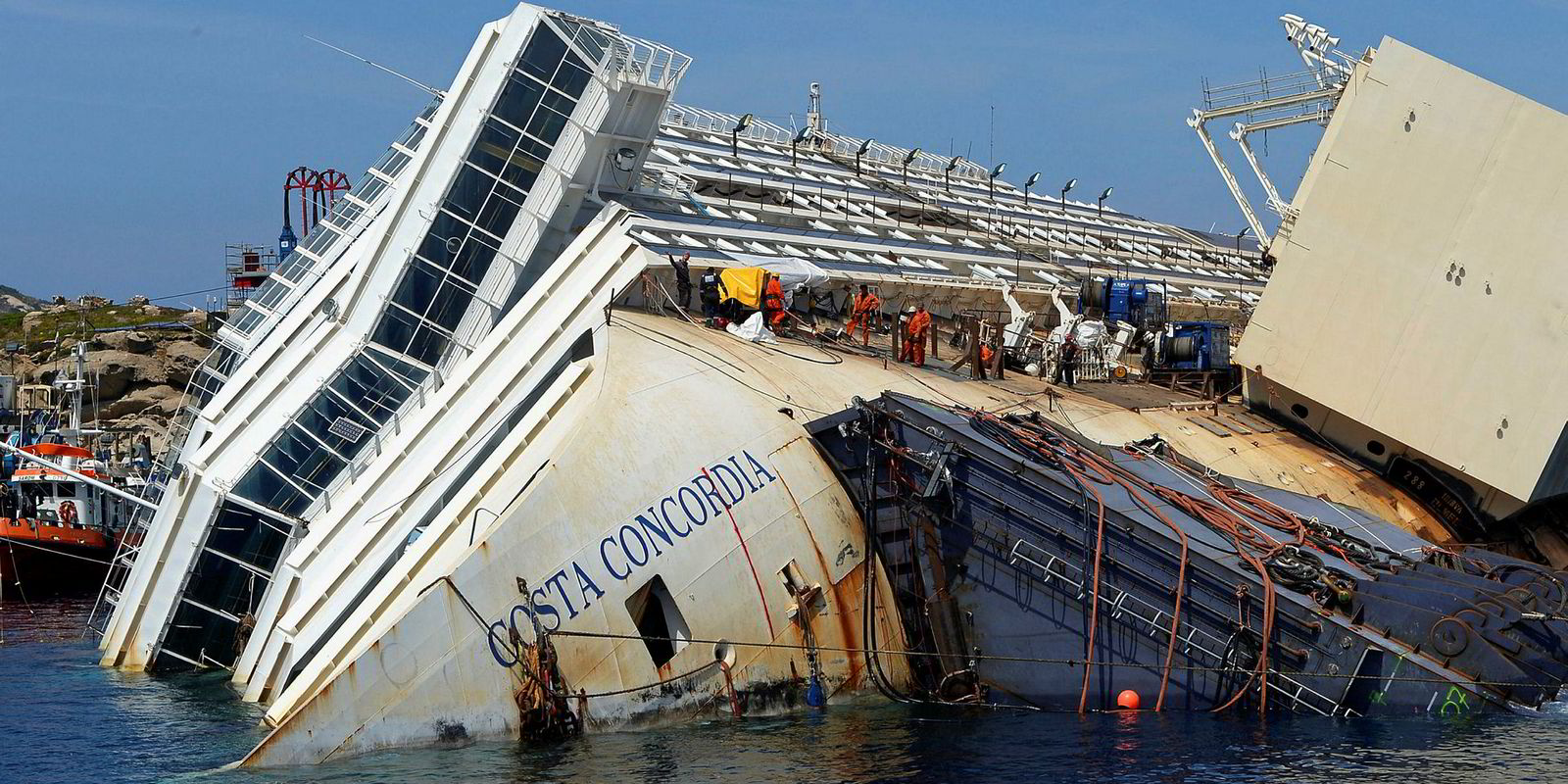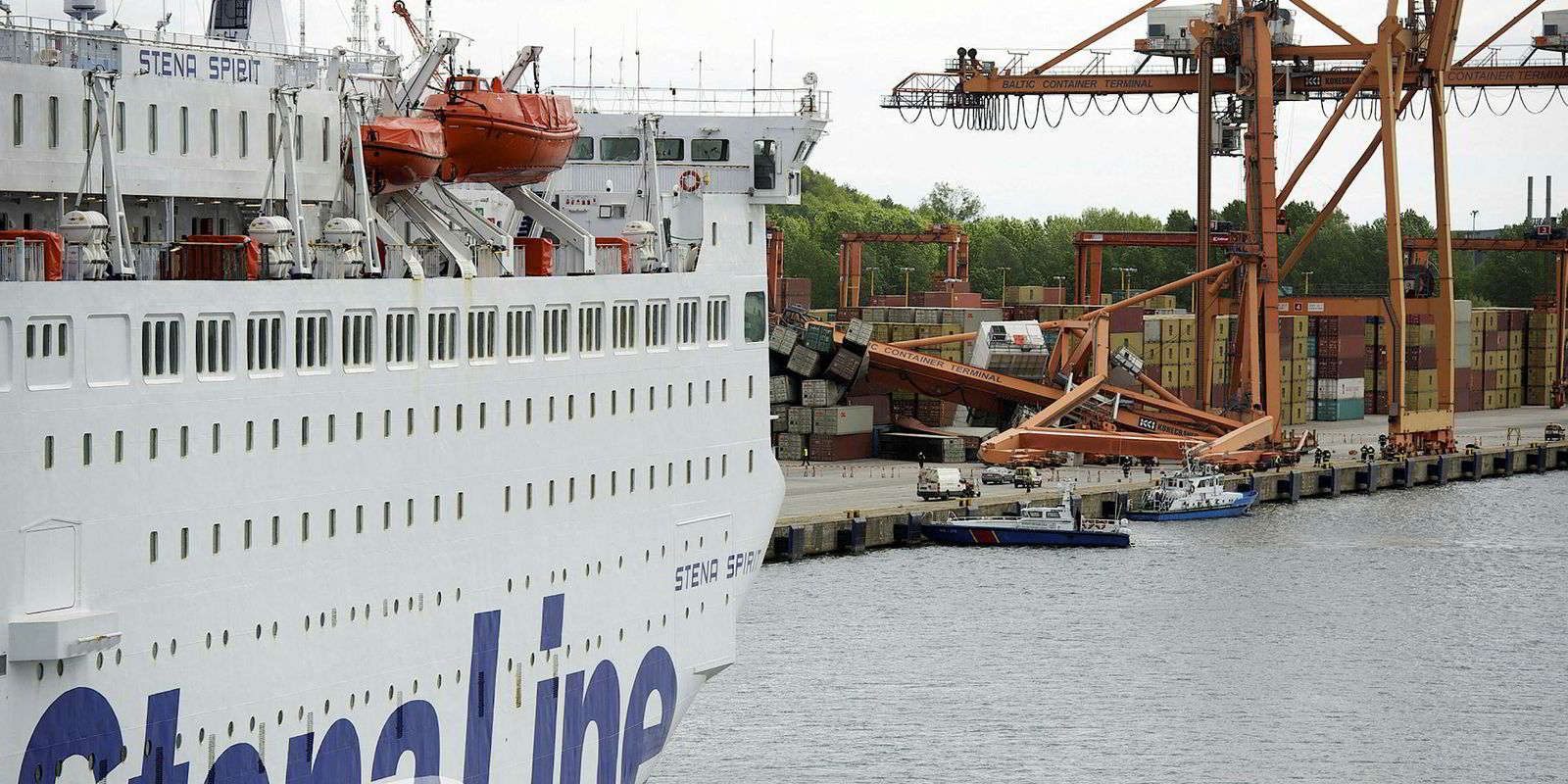International regulators are gathering to try to finalise passengership safety measures tabled six years ago after 32 passengers and crew lost their lives in the Costa Concordia disaster.
Passengership safety features in the workload of the IMO's Ship Design and Construction (SDC) meeting, which is scheduled to start in London next week.
One key measure that the IMO has yet to decide on is the protection of electrical cables in the event of flooding, resulting from side-raking damage to the hull.
The 114,000-gt Costa Concordia (built 2006) suffered heavy flooding after it raked its side on rocks off Giglio Island, western Italy, in January 2012.
Maintaining electrical systems is vital not only for the safe operation of the ship after an accident but also because several passengers on the Costa Concordialost their lives when they were trapped in a lift after electrical failure.
An SDC correspondence group is still working on drawing up the safety measures but has started by setting a goal-based requirement that “electrical systems remain operational after damage has occurred”.
However, there are still significant hurdles. The group has yet to determine the level of electrical capacity required, or whether emergency supply should be included in the rules, and how it all fits in with existing requirements governing safe return to port after flooding.
The issue could become even more complex because, as TradeWinds reported in December last year, the Polish government is seeking protection for electrical cabling in the case of fires on ropax vessels, following its probe into the fire on the 39,193-gt Stena Spirit (built 1988) at the port of Gdynia, Poland, in August 2016.
Another issue to be debated at the SDC meeting is the requirement for onboard computer systems to assess vessel stability following flooding. Although such computers are mandatory on ships constructed after 2014, they are not a requirement on passengerships built before then.
A final text has been agreed and will be put forward for approval at the meeting, although there are some misgivings over the proposed wording.
Classification society Lloyd’s Register is concerned that the proposed text is not clear enough on the detail of data required to come to an assessment of stability — a weakness it believes could provide a loophole for non-compliance.
“The use of the vague phrase 'sufficient, accurate or reliable hull model data', as in the draft text of guidelines, will lead to inconsistent application of the guidelines and potentially includes the means to avoid the guidelines,” Lloyd’s Register said.
IMO delegates will also discuss drawing up safety standards for vessels carrying industrial personnel on international voyages. This has been prompted by the increase in the number of ships ferrying maintenance personnel to and from offshore wind farms.
Denmark already has its own national safety standard and has submitted this for consideration when framing the new international rules.
Another important discussion that could affect ship design and operations involves new guidelines for mooring arrangement designs on deck as well as for mooring operation.
The SDC has yet to decide whether these guidelines will apply to existing ships and newbuildings. There is also debate over whether mooring lines should be included in the guidelines and, if so, to what standard they should be maintained and who should inspect and certify them.
Mooring incidents have been a persistent cause of injuries. In August last year, a seafarer on the 2,300-gt ropax Spirit of Love (built 2001) lost both legs in a mooring rope-related accident.




